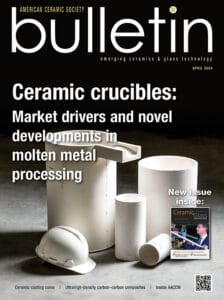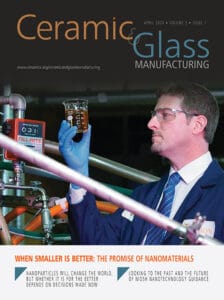 Dr. Sunmi Shin is an Assistant Professor in the Department of Mechanical Engineering at National University of Singapore (NUS). Prior to joining NUS, she received her Ph.D. in Materials Science and Engineering from UC San Diego in 2019. She specializes in experimental investigation of fundamental nanoscale heat transport for thermal management and development of personalized thermoregulators and energy harvesting devices using thermoelectric energy conversion. In particular, she is interested in solving multidisciplinary problems, such as thermo-electric and thermo-optical engineering for controlled thermal management. She was a selected participant in ‘Asian Deans’ Forum 2018 The Rising Stars Women in Engineering Workshop’ and a recipient of 2020 Chancellor’s Dissertation Medal at UC San Diego.
Dr. Sunmi Shin is an Assistant Professor in the Department of Mechanical Engineering at National University of Singapore (NUS). Prior to joining NUS, she received her Ph.D. in Materials Science and Engineering from UC San Diego in 2019. She specializes in experimental investigation of fundamental nanoscale heat transport for thermal management and development of personalized thermoregulators and energy harvesting devices using thermoelectric energy conversion. In particular, she is interested in solving multidisciplinary problems, such as thermo-electric and thermo-optical engineering for controlled thermal management. She was a selected participant in ‘Asian Deans’ Forum 2018 The Rising Stars Women in Engineering Workshop’ and a recipient of 2020 Chancellor’s Dissertation Medal at UC San Diego.
Title: Thermal engineering using infrared photonic structures: Probing coherent thermal emission in a single nano-object
Abstract: Control of thermal transport is of significant interest for a wide range of applications, such as thermoregulation of individuals, buildings, vehicles and batteries, thermo-electric and solar-thermal energy conversion, bio/chemical sensing, and micro/nanomanufacturing. However, heat transfer processes are often difficult to actively control: heat conduction is usually diffusive in nature owing to the incoherence of heat carriers (phonons and electrons) and thermal radiation is generally broadband or have wide energy distribution. If one could engineer the transport of thermal energy, arguably the most ubiquitous form of energy, with similar degree of controllability as optical energy, a variety of energy transport and conversion technologies can be improved. In this talk, I will introduce a thermo-photonic engineering approach to manipulate nanoscale heat transport by using surface phonon polaritons (SPhP). I will mainly focus on how the SPhP can be utilized to tailor thermal radiation properties, especially to achieve a coherent, near-monochromatic far-field thermal emission, which is a big departure from the incandescent behaviour in the classic textbook as described by the Planck’s law.
Subscribe to Ceramic Tech Today

Don’t miss the latest ceramic and glass materials news. Receive the CTT newsletter to your email three times a week by subscribing at this link.
Subscribe to Ceramic & Glass Manufacturing Weekly

Don’t miss the latest ceramic and glass business news. Receive the C&GM Weekly newsletter to your email every Monday by subscribing at this link.


